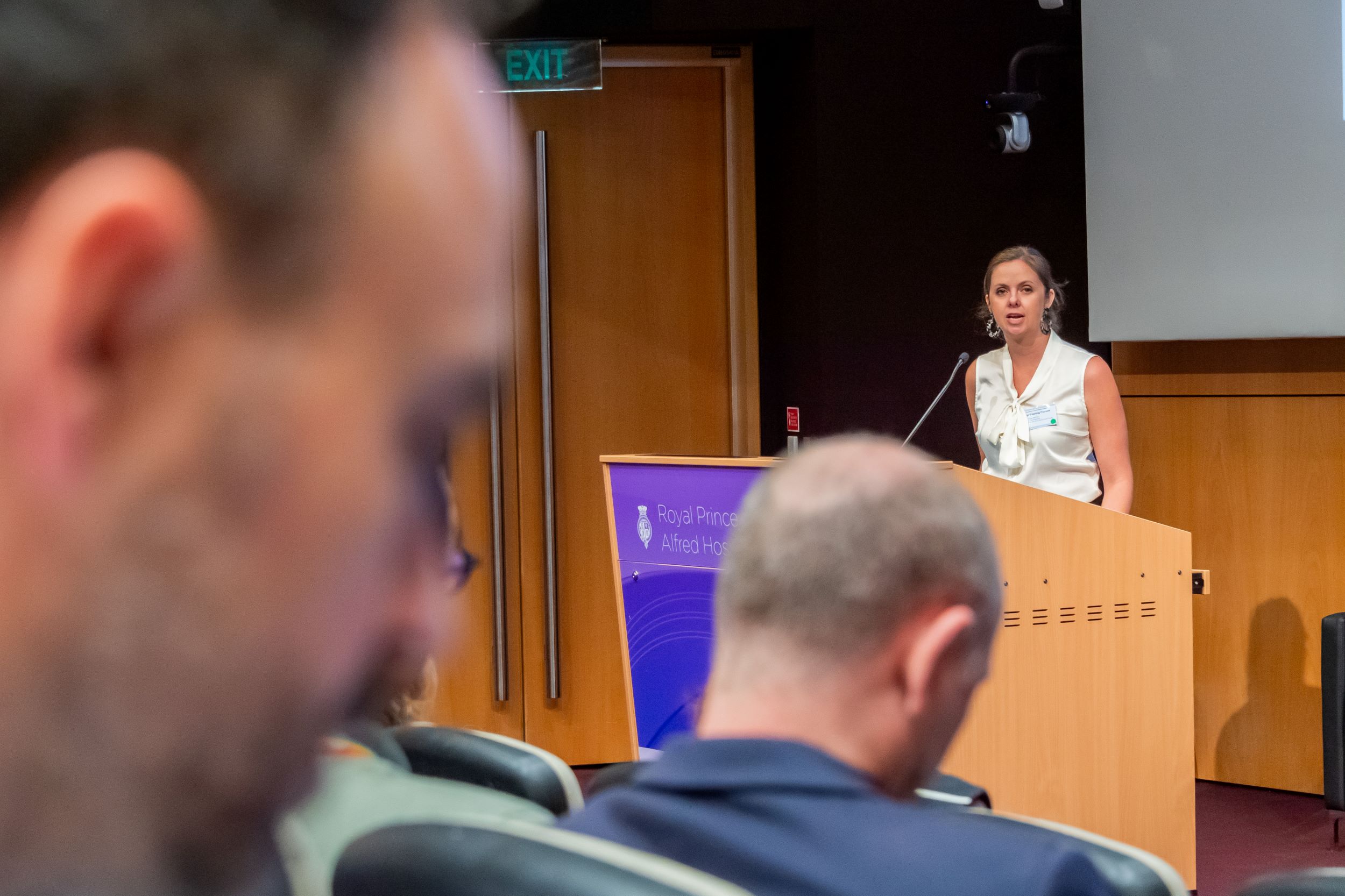
District hosts forum to address vaping
Public health forum brings together healthcare professionals, community leaders and government agencies.

Healthcare professionals, community leaders and government agencies are joining forces to tackle an escalating vaping epidemic among young people, sharing knowledge, research and insights at Sydney Local Health District's Stop Vaping Forum.
"It truly is an epidemic, and it's just become very evident, very quickly, from the data, that we've got to do something," Dr Leena Gupta, the District's Clinical Director of Public Health, said.
"We want to identify some priorities that we can deal with locally and discuss how we can work together to deal with this epidemic with a particular focus on children, youth and young adults."
Professor Matthew Peters, Department Head of Respiratory Medicine at Concord Hospital, said the chemical composition of vapes had been engineered to maximise their addictive potential by delivering a rapid and intense neurological effect similar to standard cigarettes. The most common vape devices have about 3,500 puffs equating to nicotine delivery of 10 to 12 packets of cigarettes.
He stressed that most teenagers have never vaped, and many have stopped.
The prevalence of daily or occasional e-cigarette use among young people has tripled in the last couple of years.
Just under one in every five young people aged 14 to 17 who participated in the latest wave of Generation Vape, a collaborative research project between Cancer Council NSW, the Daffodil Centre, and the University of Sydney, said they had vaped.
Of those who are vaping, one in every five vaped at least 20 times in 30 days, which Dr Caroline Sharpe, Senior Medical Advisor at NSW Health, told the forum infers likely nicotine addiction.
"The prevalence of daily or occasional e-cigarette use among young people aged 16-24 years has tripled in the last couple of years," Dr Sharpe said.
"In this research, the majority of the vapers knew that their last vape contained nicotine, while 20 per cent were unsure, so most young people do know that vapes contain nicotine."
Despite evidence linking vaping with increased anxiety and depression, students from schools across regional and greater metropolitan New South Wales told the Office of the Advocate for Children and Young People researchers, they believed it relieved stress.
"The potential physical harms of vaping was not a strong deterrent for those that openly vaped in the discussions that we had," said Sophia Finlay Melville, Manager of Participation at the Office of the Advocate for Children and Young People.
"Vaping was very much seen as a normalised behaviour and a social habit, a way to fit in, and the vast majority of the focus groups we met with will tell you that 70 to 90 per cent of their year group was doing it, so even though we know this might be exaggerated and not the case, the perception of this still matters."
Lab testing on 750 vape products seized from retailers and confiscated from Sydney high school students found that 98 per cent contained nicotine. Still, few listed nicotine among the ingredients and some were found to have chemicals specifically known to be harmful.
The testing, undertaken by the University of Wollongong and commissioned by NSW Health, found that vapes contained many food flavourings and coolant chemicals that may be safely ingested through food but with quite uncertain toxicity when repeatedly inhaled.
The forum was a collaboration between Sydney Local Health District’s population health and public health teams.